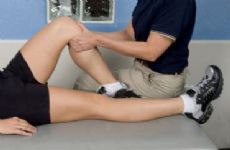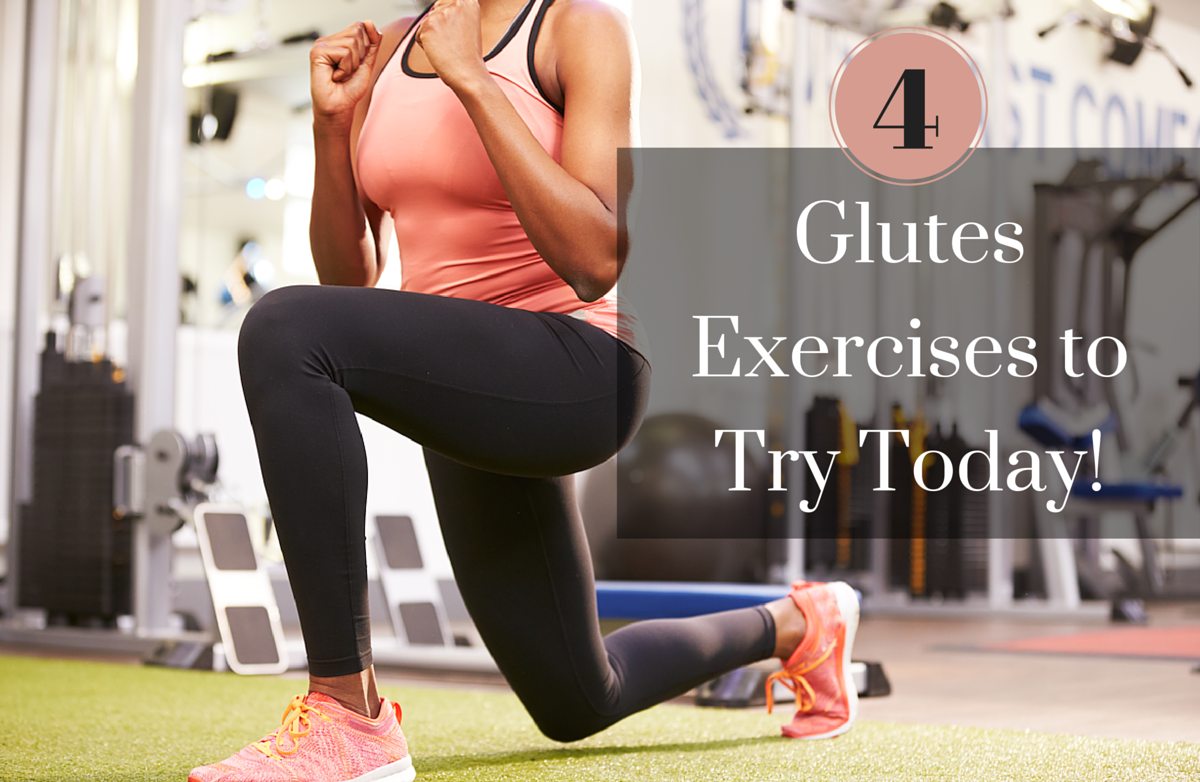|
As runners we know the necessity of being fitted for the right shoe for our training needs and pronation. After all, shoes are the only 'real' equipment a runner needs, right? Well, not so fast. While running in the correct shoe for your needs is a top priority, never underestimate the importance of wearing the proper performance socks. Wearing the wrong socks can turn what would have been a great run, into a not so great run when blisters begin to form. Trust me, when your feet hurt, it is almost impossible to continue running. So you may be asking yourself, why are socks so important? After all shelling out $10 or more for one pair of socks seems absurd. But if you have ever developed a blister anywhere on your foot during a run, you would gladly pay any amount of money to keep it from happening again. The purpose of wearing a sock is to provide protection for your feet. Because blisters are caused by friction and moisture, wearing a sock that wicks moisture away from the skin while lessening the friction created within the shoe, may prevent a blister from ever developing, making your runs more enjoyable. In the past 30 years or so, there has been an evolution from the standard cotton and wool sock many runners had no choice but to wear in the 1970's, to the fancier versions of today. However, with this advancement comes a more expensive price tag. This is why doing your homework before shopping may help make the decision process a little easier. Just remember when you are shopping for new socks, you need to bring your running shoes with you. Purchasing a sock that may be too thick or too thin for the shoe you wear may create problems down the road. Fabric As mentioned earlier cotton and wool were the two common fabrics used for socks 30- 40 years ago, however that all changed when sock manufacturers started using acrylic in their fabric. Synthetic materials, such as acrylic, polyester and trade names such as CoolMax and Teflon, wick moisture away from the skin and allows for protection within the shoe. Wearing a cotton/acrylic blend is fine, just make certain that you are NOT wearing 100% cotton socks as they tend to absorb the moisture which may lead to blisters. Runners who live in colder climates may find the SmartWool Blend Socks to be a great option as the wool-nylon blend offers a wicking property, all while keeping a runner's feet wram. Cushioning For the past five years I have worn the same sock winter, spring, summer and fall and that is the Thorlo mini-crew running sock. What I like most about my Thorlo socks is the cushioning quality, especially in the forefoot and the heel, as well as the overall thickness of the sock. If you opt to try a thicker sock, make sure you try them on with your running shoes in the store since the increase in thickness may require you to go up a half shoe size to accommodate for the added cushioning. Some runners may find the thicker socks too constraining, therefore opting for a thinner performance sock may be the perfect solution. A very popular sock amongst runners who prefer the thinner option is the double-layer WrightSock. This sock is comprised of two thin layers of fabric, an inner layer which provides a wicking property thereby allowing moisture to be pulled away from the skin which will help keep feet cooler in the summer and warmer in the winter, and an outer layer which helps to reduce friction. Because the company believes so strongly in their product they do offer a 100% satisfaction guarantee. Size Just like wearing the wrong size shoe can lead to bio-mechanical issues, the same can be said about wearing ill-fitted socks. Wearing socks that are too big may lead to friction issues which may lead to blisters. However, wearing socks that are too small may make your feet feel too constricted and not allow for proper toe movement, potentially changing your running bio-mechanics. Style Some runners, like myself, prefer a mini-crew running sock, while others prefer a knee length, crew length, even mid calf length sock, but regardless of which style you go with, make sure the sock rises above the back of the shoe collar so that you avoid developing blisters on your heel. And for those runners who wear Vibrams, the Injinji sock allows one to have a layer of protection between these shoes and your skin. But even those wearing a traditional running shoe have found the Injinji socks to be a big help in blister prevention. Care and Replacement Socks, like our running shoes, will not last a lifetime. But because of the quality of the fabric used, many runners may find they can get quite a bit of wear out of them before they need to be replaced. When your socks start to thin, lose their shape, quick wicking or the cushioning isn't what it was when you purchased them, it is time to replace them. Because these socks can easily set you back ten or more dollars for just one pair, it is imperative that you take measures to ensure you get the most wear out of your socks. Below are a few measures you can take that may extend the wear of your socks.
Just a few short words, while this blog is written for runners, know that walkers can also benefit from the information provided. Also, I have elected not to cover compression socks for this blog. While they are gaining in popularity, this blog's intention was to provide you the information needed to guide you through the maze of choosing the best sock for you. If you are a runner or walker, have you found wearing the proper sock made a difference in your performance? What is your favorite sock and why? How much would you be willing to spend for a pair of socks if it prevented blisters from forming? |
Popular Entries
Related Entries
More From SparkPeople
|
















/61536ada-f132-4fd5-bd3a-054cf25b8720.jpg)






